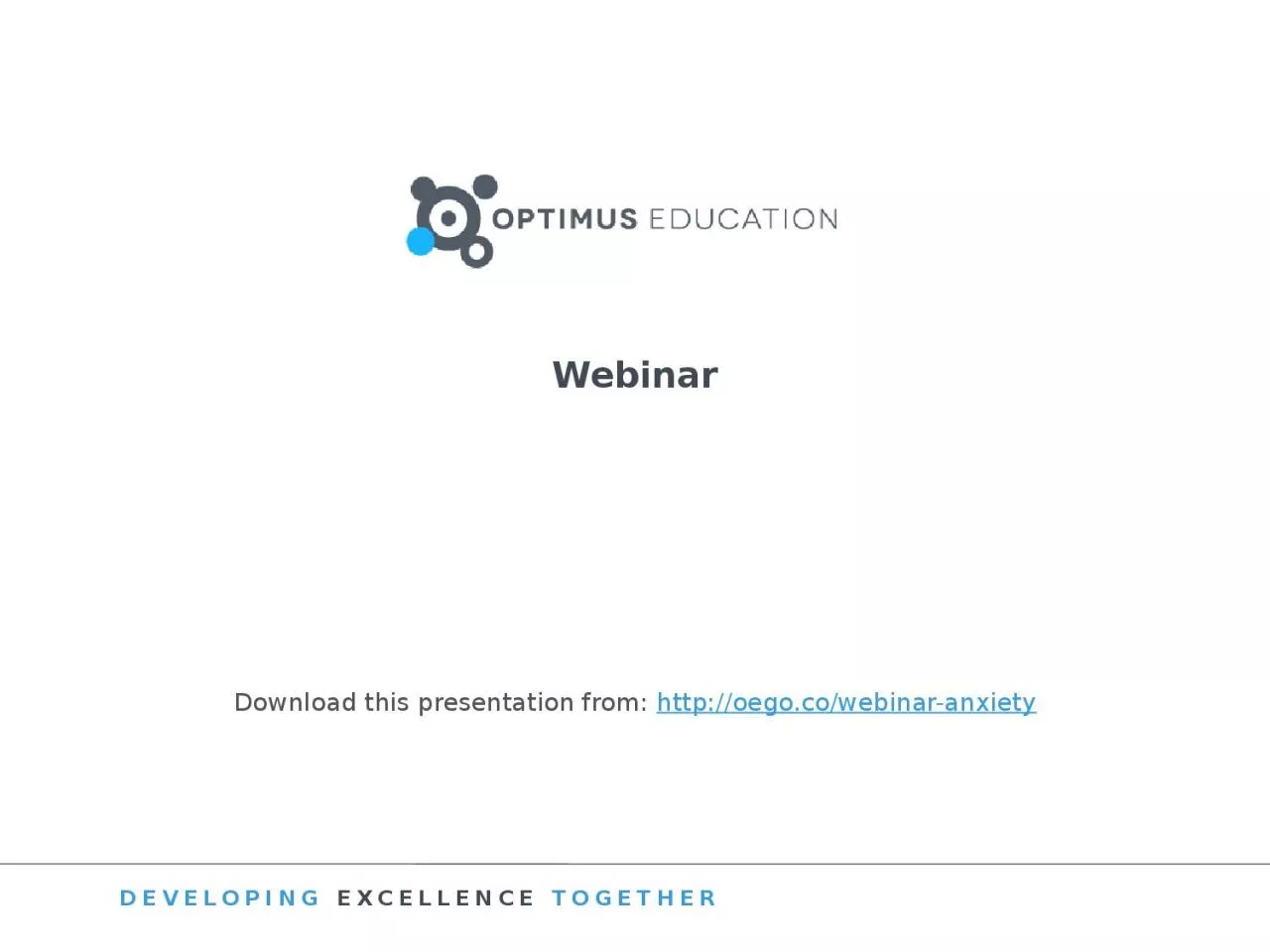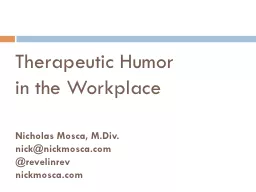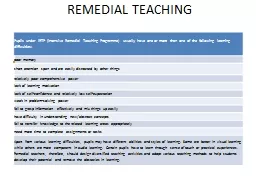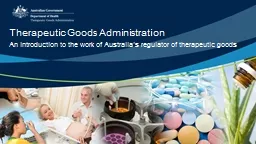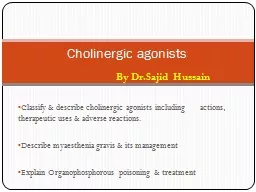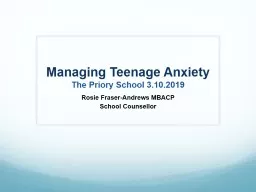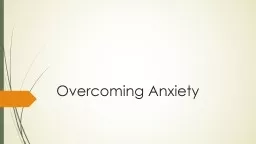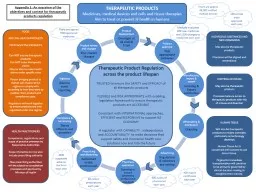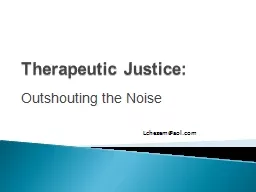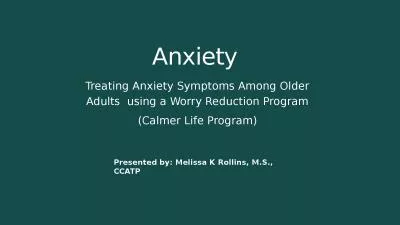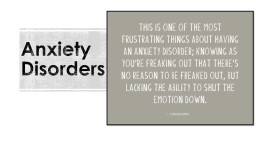PPT-Supporting pupils with anxiety: therapeutic techniques
Author : daniella | Published Date : 2024-03-13
Dr Tina Rae Webinar Download this presentation from httpoegocowebinaranxiety Why so important A key question for you How do we do this Why do young people experience
Presentation Embed Code
Download Presentation
Download Presentation The PPT/PDF document "Supporting pupils with anxiety: therapeu..." is the property of its rightful owner. Permission is granted to download and print the materials on this website for personal, non-commercial use only, and to display it on your personal computer provided you do not modify the materials and that you retain all copyright notices contained in the materials. By downloading content from our website, you accept the terms of this agreement.
Supporting pupils with anxiety: therapeutic techniques: Transcript
Dr Tina Rae Webinar Download this presentation from httpoegocowebinaranxiety Why so important A key question for you How do we do this Why do young people experience anxiety What do you think triggers these responses. Fact 1 Anxiety is a normal and adaptive system in the body that tells us when we are in danger Therefore dealing with your anxiety NEVER involves eliminating it but rather managing it Fact 2 Anxiety becomes a problem when our body tells us that ther John S. Burr, MD, FCCP. Illinois Heart and Lung Associates. Advocate Medical Group. <?xml version="1.0"?><AllQuestions />. <?xml version="1.0"?><AllAnswers />. <?xml version="1.0"?><Settings><answerBulletFormat>Numeric</answerBulletFormat><answerNowAutoInsert>No</answerNowAutoInsert><answerNowStyle>Explosion</answerNowStyle><answerNowText>Answer Now</answerNowText><chartColors>Use PowerPoint Color Scheme</chartColors><chartType>Vertical</chartType><correctAnswerIndicator>Checkmark</correctAnswerIndicator><countdownAutoInsert>No</countdownAutoInsert><countdownSeconds>10</countdownSeconds><countdownSound>TicToc.wav</countdownSound><countdownStyle>Box</countdownStyle><gridAutoInsert>No</gridAutoInsert><gridFillStyle>Answered</gridFillStyle><gridFillColor>255,255,0</gridFillColor><gridOpacity>100%</gridOpacity><gridTextStyle>Keypad #</gridTextStyle><inputSource>Response Devices</inputSource><multipleResponseDivisor># of Responses</multipleResponseDivisor><participantsLeaderBoard>5</participantsLeaderBoard><percentageDecimalPlaces>0</percentageDecimalPlaces><responseCounterAutoInsert>No</responseCounterAutoInsert><responseCounterStyle>Oval</responseCounterStyle><responseCounterDisplayValue># of Votes Received</responseCounterDisplayValue><insertObjectUsingColor>Blue</insertObjectUsingColor><showResults>Yes</showResults><teamColors>User Defined</teamColors><teamIdentificationType>None</teamIdentificationType><teamScoringType>Voting pads only</teamScoringType><teamScoringDecimalPlaces>1</teamScoringDecimalPlaces><teamIdentificationItem></teamIdentificationItem><teamsLeaderBoard>5</teamsLeaderBoard><teamName1></teamName1><teamName2></teamName2><teamName3></teamName3><teamName4></teamName4><teamName5></teamName5><teamName6></teamName6><teamName7></teamName7><teamName8></teamName8><teamName9></teamName9><teamName10></teamName10><showControlBar>Slides with Get Feedback Objects</showControlBar><defaultCorrectPointValue>100</defaultCorrectPointValue><defaultIncorrectPointValue>0</defaultIncorrectPointValue><chartColor1>187,224,227</chartColor1><chartColor2>51,51,153</chartColor2><chartColor3>0,153,153</chartColor3><chartColor4>153,204,0</chartColor4><chartColor5>128,128,128</chartColor5><chartColor6>0,0,0</chartColor6><chartColor7>0,102,204</chartColor7><chartColor8>204,204,255</chartColor8><chartColor9>255,0,0</chartColor9><chartColor10>255,255,0</chartColor10><teamColor1>187,224,227</teamColor1><teamColor2>51,51,153</teamColor2><teamColor3>0,153,153</teamColor3><teamColor4>153,204,0</teamColor4><teamColor5>128,128,128</teamColor5><teamColor6>0,0,0</teamColor6><teamColor7>0,102,204</teamColor7><teamColor8>204,204,255</teamColor8><teamColor9>255,0,0</teamColor9><teamColor10>255,255,0</teamColor10><displayAnswerImagesDuringVote>Yes</displayAnswerImagesDuringVote><displayAnswerImagesWithResponses>Yes</displayAnswerImagesWithResponses><displayAnswerTextDuringVote>Yes</displayAnswerTextDuringVote><displayAnswerTextWithResponses>Yes</displayAnswerTextWithResponses><questionSlideID></questionSlideID><controlBarState>Expanded</controlBarState><isGridColorKnownColor>True</isGridColorKnownColor><gridColorName>Yellow</gridColorName><AutoRec></AutoRec><AutoRecTimeIntrvl></AutoRecTimeIntrvl><chartVotesView>Percentage</chartVotesView><chartLabelsColor>0,0,0</chartLabelsColor><isChartLabelColorKnownColor>True</isChartLabelColorKnownColor><chartLabelColorName>Black</chartLabelColorName><chartXAxisLabelType>Answer Bullets</chartXAxisLabelType></Settings>. in the Workplace. Nicholas . Mosca, M.Div.. nick@nickmosca.com. @. revelinrev. nickmosca.com. . Who is this guy?. Theologian: . Inspirational . Speaker . & Writer. Educator. Neurotic . New Yorker . Programme. ) usually have one or more than one of the following learning difficulties:. . poor memory. . short attention span and are easily distracted by other things. . relatively poor comprehensive power. Therapeutic Goods Administration. Overview. Why do we need regulation?. Who is Australia’s regulator?. How the TGA operates . Who works at the TGA. Therapeutic goods. Australian Register of Therapeutic Goods. Describe . myaesthenia. gravis & its management. Explain . Organophosphorous. poisoning & treatment. C. holinergic agonists. By . Dr.Sajid. . Hussain. Cholinergic agonist- . Classification. The Priory School . 3. .10.2019. R. osie Fraser-Andrews MBACP. School . Counsellor. Managing Teenage Anxiety: Structure. 1. The signs of anxiety. 2. What . the school offers, and services beyond the . ESCNJ Board PresentationNarrated by Dr Deborah Eisenberg PT DPT MSClinical Services DirectorFebruary 23 2018INTRODUCTIONEvidence ased tractice provided by hTs and tTsManagement presence at each siteEx College can be a stressful place. It’s natural to feel some anxiety juggling the many demands, but what can you do to reduce your anxiety and when do you get some help to do it?. What is anxiety?. Anxiety is the nervous feeling often associated with worry, unease, and concern. This is that feeling you get right before a big exam or when you are trying something new for the first time.. across the product lifespan. TRUSTED to ensure the SAFETY and EFFICACY of all therapeutic products. FLEXIBLE and RISK APPROPRIATE with enabling legislation framework to ensure therapeutic products are ACCESSIBLE . Yousef Ahmed . Alomi. , . Faiz. Abdullah. . Bahadig. ABSTRACT: . Objective. : . To . analysis the anti-asthmatic medications therapeutic interchanges drug therapy. . Methods: . It is an extensive search, or fifty databases comprised the following through the Saudi Digital Library (SDL) searching engine. It encompassed the various types of studies (meta-analysis, randomized controlled studies and observational studies) in the English language with human study only for the update May 2017. The search in terms of therapeutic interchange, medication, therapy and type of disease or medication base on therapeutics class of Anti-psychiatric. The medication list and switch from one drug to another based on the literature found the search that has included comparative safety, efficacy and cost of the type of medication for each disease and national or international evidence-based guidelines. . Lchezem@aol.com. Entry to Criminal Court. A broad term that refers to judicial approaches that address the offender’s behavior as a problem requiring non-traditional sanctions and/or social services in addition to traditional sanctions.. (Calmer Life Program). Presented by: Melissa K Rollins, M.S., CCATP. What is Anxiety?. Anxiety Disorder in America. Types of Anxiety. Symptoms of Anxiety. Physical Symptoms of Anxiety. Racing heart, or heart palpitations. anx·i·e·ty. . /aNGˈzīədē/. A. feeling of worry, nervousness, or unease, typically about an imminent event or something with an uncertain outcome.. D. esire to do something, typically accompanied by unease..
Download Document
Here is the link to download the presentation.
"Supporting pupils with anxiety: therapeutic techniques"The content belongs to its owner. You may download and print it for personal use, without modification, and keep all copyright notices. By downloading, you agree to these terms.
Related Documents

